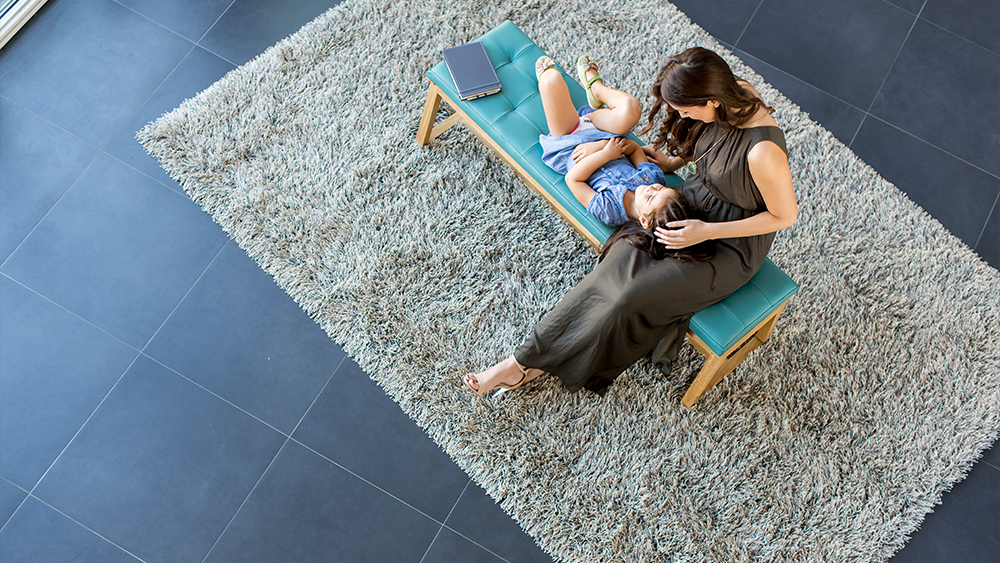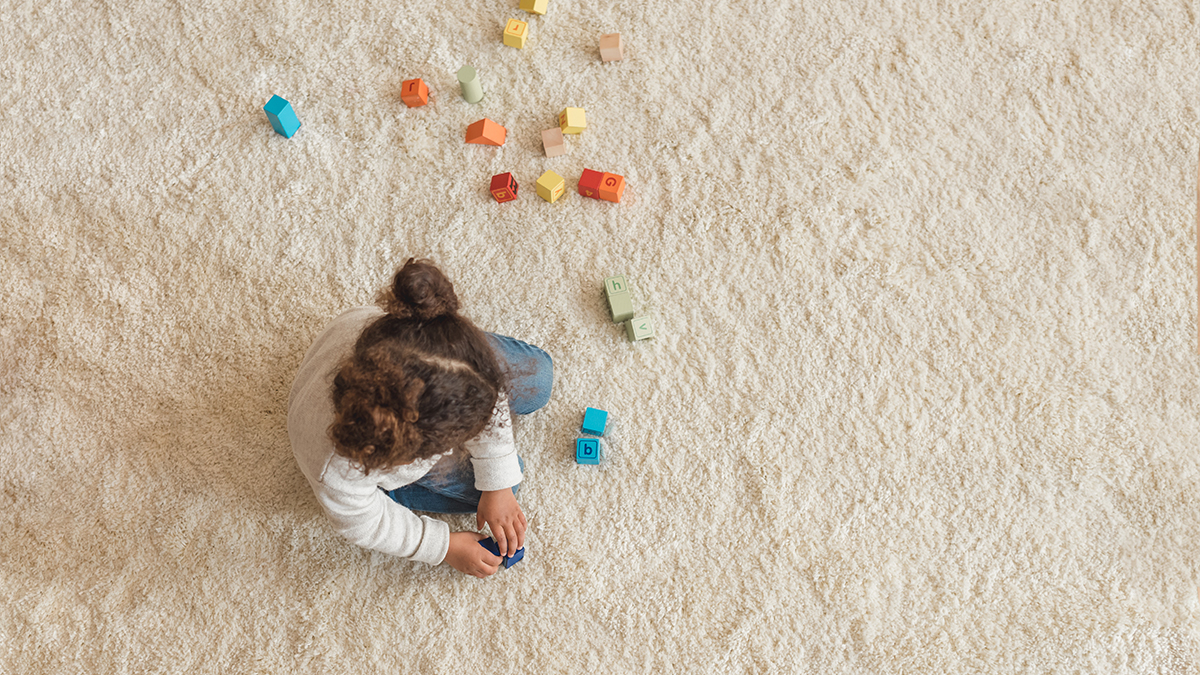It’s not a surprise that more and more people want low-VOC (volatile organic compounds) and allergen-free carpets as they become more aware of how their decisions affect the world and their health. Carpets have been a popular way to add warmth and comfort to homes for a long time. However, they can be bad for you because they can release dangerous chemicals into the air and collect allergens.
The environmental impact of Low-VOC carpets
Low-VOC is becoming more popular in the carpet flooring industry because people are becoming more aware of indoor air pollution and the need for better options. There are a lot of volatile organic compounds (VOCs) in traditional carpets, which can be bad for your health. The materials used to make low-VOC carpets are natural or salvaged and produced in ways that are good for the environment. Manufacturers have developed new ideas and improved industrial technology to reduce VOC pollution and support sustainability.

A female’s legs on the allergen free carpets
The benefits of allergen-free carpets
Here are some of the most essential benefits of carpets:
- People’s desire for eco-friendly goods is affecting the carpet business.
- Traditional carpets often have a lot of volatile organic compounds (VOCs) in them, which makes indoor air pollution worse and can cause health problems.
- People now prefer low-VOC carpets because they are more aware of health problems and home air quality.
- Because the building and design industries are focusing more on being sustainable and eco-friendly, low-VOC carpets made from natural or recycled materials are now being made.
- Laws and certifications, like the Carpet and Rug Institute’s Green Label Plus approval, have made more people want low-VOC carpets.
- To reduce off-gassing, manufacturers are developing new ways to use low-VOC glue, paints, and treatments.
- As people learn more about how traditional carpets hurt the environment, they will want low-VOC options, pushing the industry to develop new ideas.

Little daughter lying on her mother’s leg on an allergen free carpets
How to reduce allergies and sensitivities related to Low-VOC carpets
Most people think low-VOC carpets are healthier than regular ones, but they can still make people allergic or sensitive. When completed, they try to use as few volatile organic compounds as possible since these compounds can make people more susceptible to chemicals. People have different sensitivities, so even those with particular sensitivities may still have symptoms.
To lower the risk of allergic responses, low-VOC carpets should be put down using low-VOC glue and methods, and there should be enough airflow during and after installation. Cleaning and maintaining the carpet regularly can help eliminate allergens and toxins, lowering the risk of wrong responses. Personal sensitivity tests can help you determine what sets off your symptoms and help you choose the best carpet for your needs. Talking to experts like allergists, carpet makers, or flooring specialists can help you select the best low-VOC carpet choices and advise you on installing and maintaining them properly.
Conclusion
People want low-VOC rugs more because they are worried about health problems and indoor air pollution. These rugs are made from recycled or eco-friendly materials and have labels that say so. However, the usage of these rugs are being lowered because some people may still be allergic to them. Experts can help you pick out the best low-VOC rugs, install and take care of them correctly, and give you personalized advice based on your specific needs. This can make the air inside your house healthier, lower your risk of getting sick, and help your home last longer.

